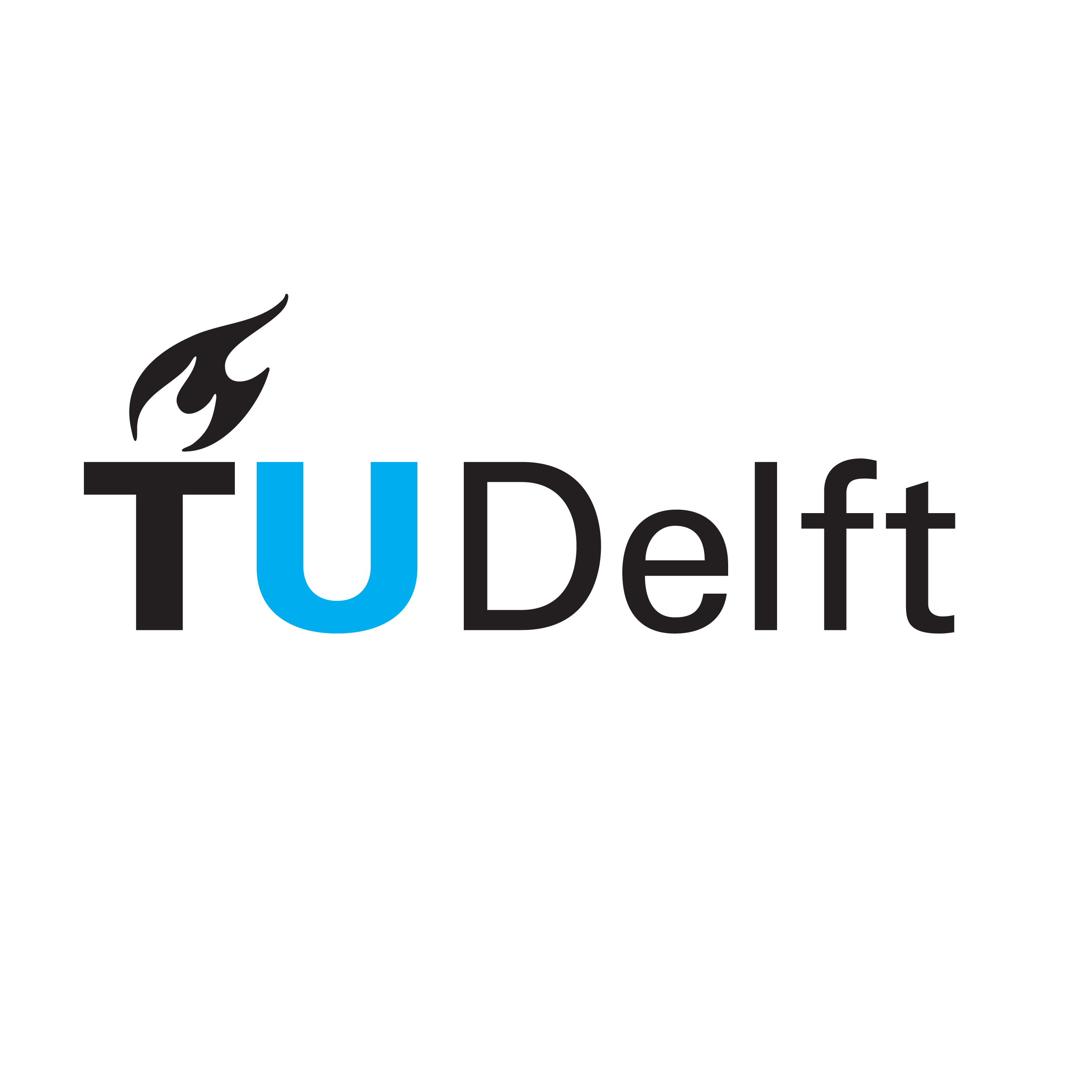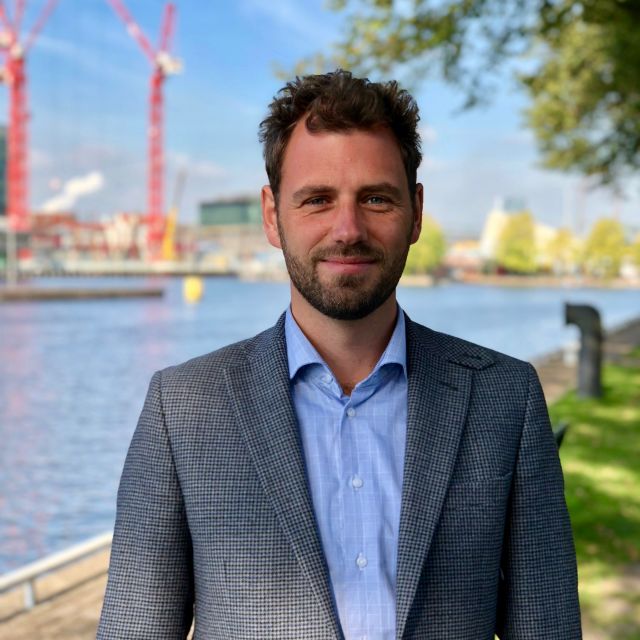Interview Marijn Janssen
We interviewed prof. dr. ir. Marijn Janssen, full professor in ICT & Governance, about the sprawl of technology and how transparency should be achieved.

Hi Marijn, could you introduce yourself to the public?
I am a professor in ICT and governance. I work on new technology in the broader socio-tech system this technology belongs to. You need to understand the context of technology and technology itself in order to be able to make the right decisions. Designing decisions leads to technology being used for right or wrong.
If you do not manage or govern technology, a sprawl of technology occurs. Like a garden growing wild, IT needs its own gardening.
Biography
Professor Marijn Janssen is full professor in ICT and Governance and is head of the Engineering Systes and Services (ESS department) at the faculty of Technology, Policy and Management, Delft University of Technology.
His research focusses on ICT-architecting in situations in which multiple public and private organizations need to collaborate and socio-technical solutions are constrained by organizational realities and political wishes.
ICT-architecting provides principles, patterns and other instruments to guide organizations to design their infrastructure, applications, information, processes and organizations.
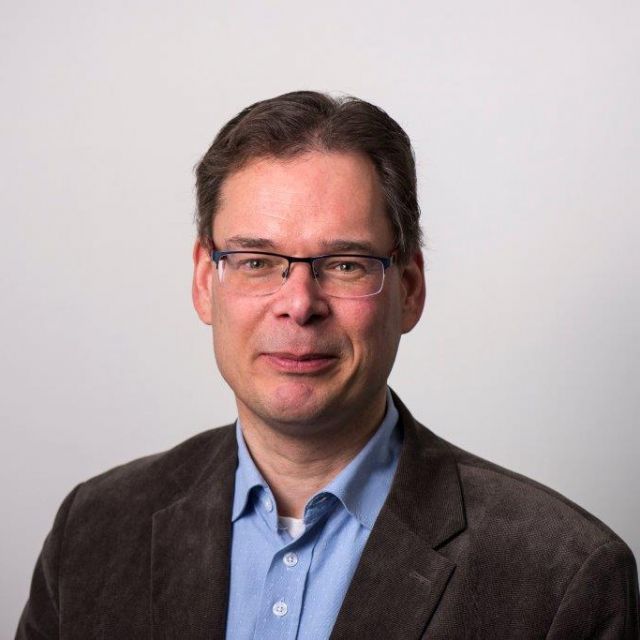
Could you give an example of why the sprawl of technology is not good?
Let’s take sensors for a fictional example. Consider a city using sensors. After some time they are not in use anymore. After more time nobody even knows about the existence of these sensors. Or the software of the sensors cannot be updated. And typically, there is no budget reserved to do so anyway. We are left with sensors that are outdated and hard to maintain, which might cause vulnerability. This happens to all sorts of devices. Just like a gardener, somebody needs to manage and control these systems.
Information technology in the city can offer great opportunities. Think for instance of improving traffic flow. But IT becomes scary when it is everywhere around us and we do not know what it is being used for. Is it only used for traffic control or could it be used to monitor if I arrive at work on time too?
Speaking of the smart city and the government: what risks do you think are most underexposed?
I am coming back to the sprawl similarity. A very common danger in tech is the strategy to “code our way out”: the idea that we can always solve a problem by writing more code. However, this results in a rapid growth of systems that operate separately. Fragmentation occurs. The system becomes more complicated and less easy to control and manage, with the risk that at some point it will simply not work anymore.
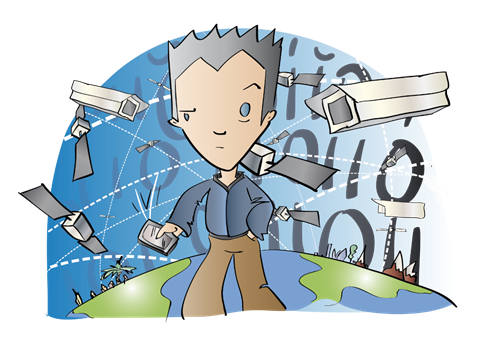
Especially in innovation, there are many new IT project initiatives. Because it is easier just to build a new IT tool then carefully look at what already exists and make that fit your new need. This is why organizations have so many different and heterogeneous software pieces.
What should we do?
It is very important to first explore the IT systems that have already been built within the organization and understand them. They might already contain the information or functionality we need.
An example: a new dashboard is built for every new project. Perhaps the same dashboard could be used for a variety of projects instead of building a new one every time. Because all the different dashboards make the citizen think: Help! Which one should I use?
We should try to control and manage the IT landscape instead of just maintaining it. This way we can do great things rather than putting out little fires or making a patchwork.
Are there any examples of organizations that do so?
I know an organization that handles the “one in, one out principle”. It is simple but it works: for every new system that is introduced within the organization, an old system has to go. This way you stay in control and the number of systems remains the same. However, in practice it is hard for many organizations to follow this principle.
A typical factor for success is a strong, knowledgable and respected person that guards the principle of ‘one in, one out’. Trust is very important too.
Publications and awards
In his career Marijn Janssen received 16 awards for best papers at conferences and in journals. He was ranked as one of the leading e-government researchers in a survey in 2009, 2014, and 2016 and published over 550 refereed publications.
He is also (honorary) visiting professor at Bradford University, Bradford University, KU Leuven and Universiti Teknologi Mara.
Read more about Marijn Janssens research, publications, activities and awards here.
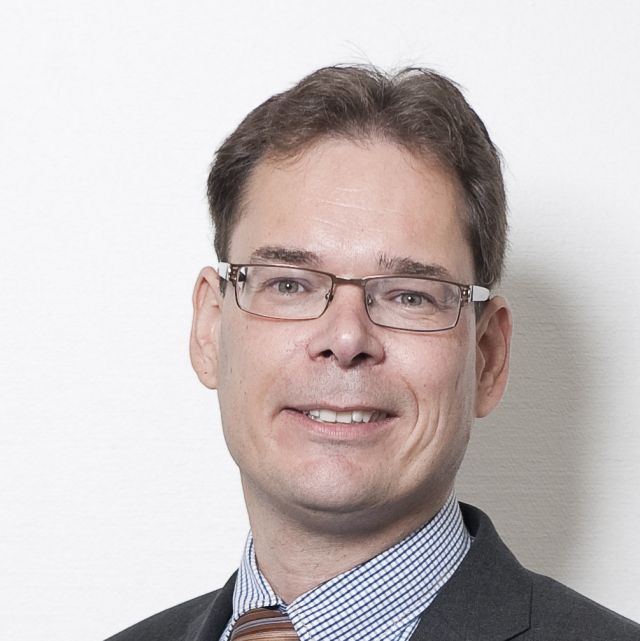
A concern that governments have is whether the public will keep trusting the digital solutions they are building. How do we retain the trust of citizens?
This is an important issue. Trust is hard to gain but easy to lose. Many cities are developing digital innovations to benefit the citizen. But these innovations often come with side-effects like bias, discrimination and privacy-issues. If this happens, citizens lose trust. The government tries to fix this in many cases by creating transparency.
But what happens when creating transparency? By exposing the system, usually the problems within the system become visible and the focus shifts to the problems, which only makes trust go down. It is a misconception that transparency automatically leads to trust. It is very important to make sure you have things in order before you show the system to the world.
Trust is also very much related to engagement. Make sure it is interesting so people actually want to have a look. Also, show the people that something happens with their feedback. People tire quickly of engagement when they don’t see the effects.
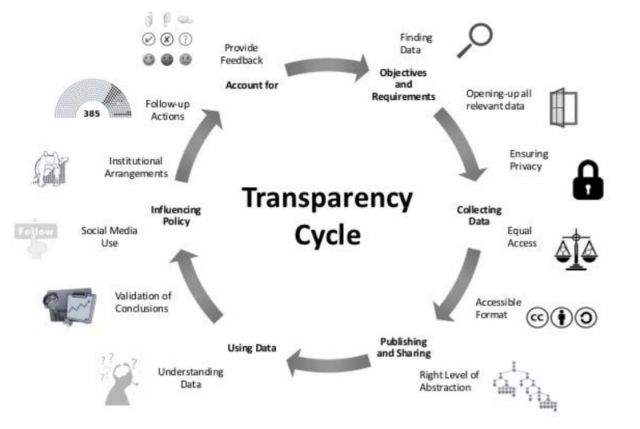
You have published a lot about transparency, open data and algorithmic decision-making. What is key?
We have to think more thoroughly about the people’s needs. For instance, algorithms are the means, that we can make explainable, or document better. People do not want algorithm registers, those registers are only patching the problems. We have to think more in terms of the goal: what is relevant for the ordinary citizen? Rather than what we - as a governmental organization - want to show.
Lastly, what is overseen in creating transparency is that often things are incomprehensible for ordinary people, or not enough context is given. Often the open data or algorithms that are revealed, are only understandable for experts. This way it becomes a fake exercise and perhaps it leads to situations in which only lobbyists benefit from the created transparency.
We did a lot of research on why initiatives that aim for transparency, actually do not achieve it. We identified a number of barriers to transparency. We have to think more in terms of institutions, help and support, outcomes and encourage engagement of ordinary citizens.
How should transparency be achieved?
Well, rather than another website or dashboard, why don’t we bring the explanations to the citizens at the street level? Think of signage, or a screen that is visible in the street. So that passers-by can easily see information on current traffic, how many electric cars have been charged, how much energy is saved, etcetera. This is more transparent, and might raise trust.
‘Design for values’ has made it into the coalition agreement. What is your view on the introduction of public values in the smart city debate?
Well, I am glad the importance of this subject has trickled down. The research I’m doing is about concretizing these values. My first response to the term transparency would be: it does not exist. When realizing transparency, it is never complete. I like to refer to the window theory by Ricardo Matheus here.
What you actually do is creating a certain, pre-defined view, but it is never fully transparent. So it is with all values.

On the political level it is important to create awareness, and to understand technology and its possibilities. But conflicts between values arise on the design level, in the implementation. For instance: when we try to be efficient, it is often at the expense of other values. To go back to the example of showing explanations on the streets: it sure is an investment, but it can warrant public values. It is possible!
Lastly, what are your dream and doom scenarios for smart cities?
A doom scenario would be that everything falls apart. Where others might be more afraid of IT taking over the world, I am actually more afraid that it just stops working.
A dream scenario would be invisible IT. A world in which we’re not bothered by it, we don’t have to worry about is, it just works. And the good news is: I actually believe we’re getting there, albeit slowly.
